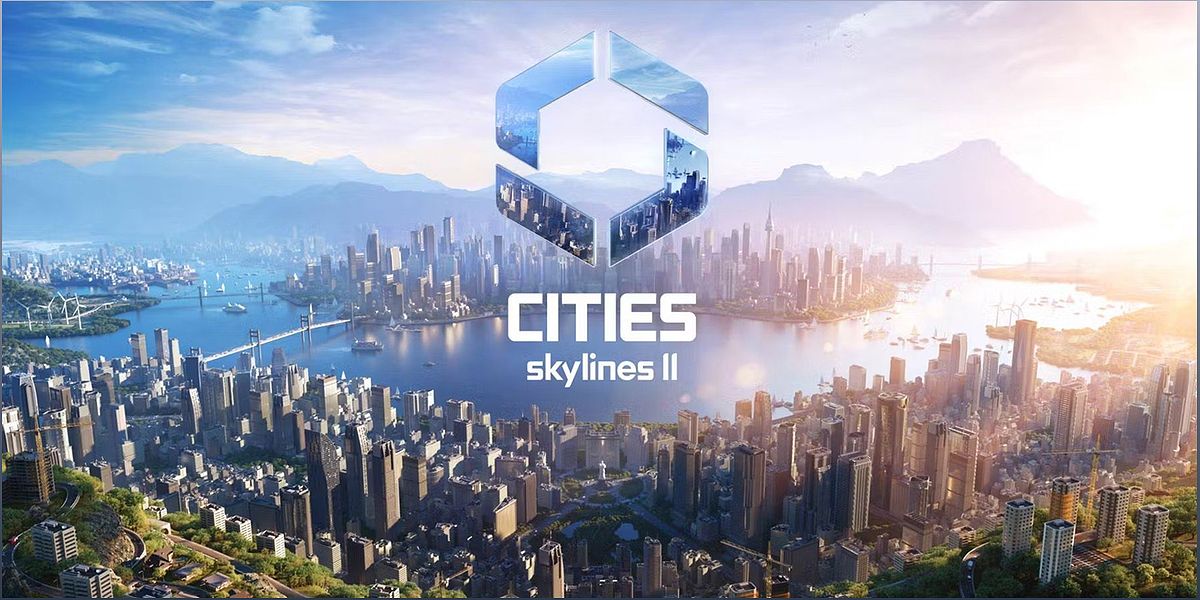Welcome to the world of Cities: Skylines 2, the highly anticipated sequel that takes city simulation to new heights. As a content writer with a passion for gaming, I am thrilled to share my insights on this deeper and content-rich city simulator. Join me as we explore the improvements, additions, and potential drawbacks of Cities: Skylines 2 compared to its predecessor.
A Deeper City Simulation
Cities: Skylines 2 takes the city simulation genre to new heights with its deep and immersive gameplay. Players can now experience a more realistic city-building experience, with features like traffic accidents, a fluid economy, and refined aging mechanics for citizens.
The game offers a wide range of micromanagement options, allowing players to have greater control over their city's development. From zoning to district policies, Cities: Skylines 2 offers a level of depth that will keep genre fans engaged for hours on end.
Expanded City Size
Cities: Skylines 2 addresses one of the major flaws of its predecessor by dramatically increasing the city size. Players now have the freedom to create expansive cities and explore new and unique ways of expansion.
While the individual tiles may be smaller compared to the original game's expansions, the sheer number of purchasable plots compensates for it. This enhancement allows players to create their dream cities with endless possibilities.
Modular Upgrades for City Services
Cities: Skylines 2 introduces a new modular upgrade system for city services, inspired by the popular SimCity franchise. Players can now customize and enhance buildings such as hospitals, police stations, universities, and landfills with additional features and functionalities.
This upgrade mechanic not only adds depth to the gameplay but also allows players to tailor their city services to their specific needs. It's a welcome addition that adds another layer of strategy to the city-building experience.
Revamped Progression System
Cities: Skylines 2 introduces a revamped progression system based on XP (Experience Points). Players earn XP by achieving various milestones, including population growth, citizen happiness, and the placement of specific buildings.
Reaching milestones unlocks new features, upgrades, and buildings, allowing players to continuously evolve their cities. While this new system may feel different from the population-based progression of the original game, it offers a refreshing and rewarding approach to city development.
Content and DLC
Cities: Skylines 2 offers a content-rich experience with its deep city simulation. However, it is worth noting that the game may not include all the DLC content from its predecessor. While elements from previous packs are present, there is a noticeable absence of additional content.
While this may disappoint some players who enjoyed the extensive DLC offerings of the original game, it is important to keep an eye out for future updates and announcements regarding additional content for Cities: Skylines 2.
Visual Presentation
The visual presentation of Cities: Skylines 2 has undergone changes to create a more realistic city-building environment. However, some players may find the overall aesthetic to be lacking compared to other city builders on the market.
The buildings predominantly feature different shades of gray, and the terrain may appear less vibrant. While these graphical elements do not hinder gameplay, they may leave some players longing for a more visually appealing experience.

